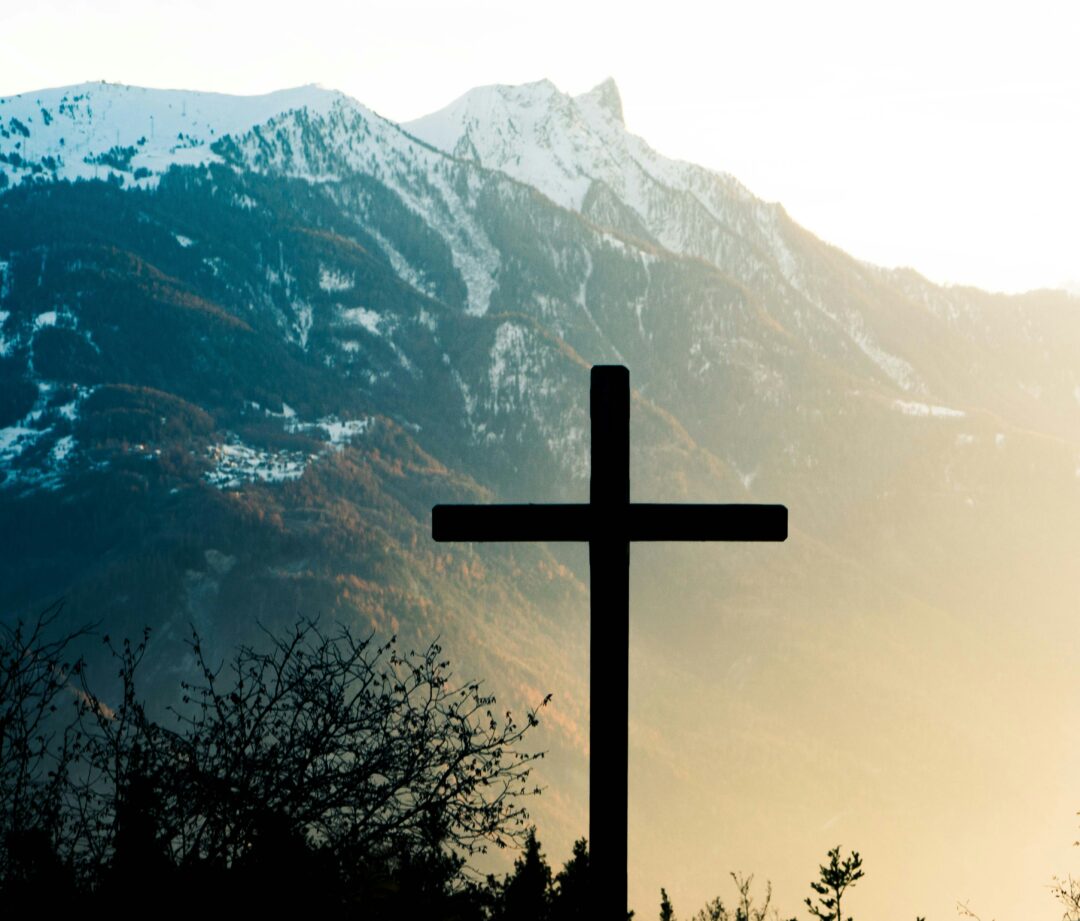20.
That’s the number of churches that close each day in the United States. And it is increasing. But the good news is nearly all of them could be revived!
In a previous post, I talked about the choice every church must make to see a turnaround. It boils down to this: Are the members willing to change, or do they prefer to die?
Ironically, volumes of research have shown that individuals and churches choose death over life if life requires substantive changes.
7 Last Words
Maybe that’s why the 7 last words of the church are: We’ve never done it that way before.
It’s breathtaking, really. We don’t like change so much, we would rather die.
But something about that doesn’t make sense. Within all of us is a will to live. Maybe the mechanics of change can help explain it. I first heard Pastor Rick Warren talk about this years ago.
Mechanics of Change
We all know we can change without growing, but we can’t grow without changing. By definition, growth changes the nature of a person or church.
Of course, when something changes, it is not the same as it was before. Part of its essence has been lost to give birth to the new. Naturally, we feel a sense of loss.
You may know how many Christians it takes to change a light bulb. Four. One to change it and three to sit around and talk about how good the old light bulb was.
Kidding aside, for some people, the loss that accompanies a change can be quite significant. That loss always carries something with it – pain.
The whole process could be stated like this:
GROWTH = CHANGE
CHANGE = LOSS
LOSS = PAIN
The math whizzes among us know that if all three premises are true, then the first element equals the last one. In other words:
GROWTH = PAIN
#1 Motivator
And that’s the rub. The number one motivator in human life is to avoid pain. It is far greater than our desire for pleasure. We will do almost anything to avoid pain. That’s why every individual and church harbor an internal bias against growth.
However, there’s one faulty assumption that humans routinely make in this equation. We think our choice is between no pain and great pain.
In church world, it often sounds like this. “Our church has been here for over 100 years. There’s no need to make any significant changes (great pain). Let’s just keep doing what we’ve always done (no pain) and hope for the best.”
When given a choice between no pain and great pain, people always opt for the first one.
False Assessment
But that’s a false assessment of the situation. In reality, to stay the same carries significant pain. It’s the slow, agonizing pain of someone leaving, then a whole family, then all the families who have youth group age kids, and on and on until there are just a handful of senior saints left.
This kind of pain acts like a terminal cancer that slowly eats away at the body, until one day the body can no longer hold up.
Contrast that pain to the kind associated with surgery. Surgery brings a more immediate and acute pain, but if the surgery is successful, the patient lives. It’s the price of life.
The choice facing your church and mine is not no pain or great pain. It’s pain that leads to death or pain that leads to life.
There is no scenario that offers a pain-free option. As much as we would like that, it doesn’t exist. Our only choice is which kind of pain we will embrace.
Pattern for Life
Of course, our Savior showed us how. Jesus suffered excruciating pain on the cross, so we could receive new life. He didn’t do that so we could cheer him on and say, “Way to go, Jesus!”
He was setting the pattern. “Follow me,” he said. Out of deep love, Christ-followers are willing to endure pain to bring new life.
In research for his book, “Anatomy of a Revived Church,” Thom Rainer found hundreds of churches that did just that. While on the path to death, they embraced good pain, and it led to new life.
Make no mistake. It’s not easy. But any church can be revived if its members are willing to choose the pain that leads to growth and life.
Our God delights in the resurrection business. Your church could be the next one up!
To receive Roger’s weekly posts about spiritual leadership and positive change, please subscribe here: https://rogerross.online/subscribe/

Roger Ross
A native of Cambridge, Illinois, Roger has served as a pastor in Texas, the British Channel Island of Guernsey, and Illinois. While in Illinois, he led teams that planted two new churches and served for 10 years as the lead pastor of one of the largest United Methodist Churches in the Midwest. It was his privilege to serve as the Director of Congregational Excellence in the Missouri Conference before coming into his current role with Spiritual Leadership, Inc (SLI).
Roger now comes alongside pastors, non-profit leaders and their leadership teams as an executive coach, specializing in leadership that inspires change. As a side gig, he loves teaching evangelism and church planting as an adjunct professor at SMU’s Perkins School of Theology in Dallas, Texas.
Other passions of his include SCUBA diving in warm blue water, Krispy Kremes, and board games with family and friends. He also has a weakness for golf.
Roger is the author of three books, Meet The Goodpeople: Wesley’s 7 Ways to Share Faith, Come Back: Returning to the Life You Were Made For, and Come Back Participant Guide, all through Abingdon Press.
Now for the best part. Roger is married to Leanne Klein Ross, and they live Bloomington, Illinois. God has blessed them with two adult children, a son-in-law, several tropical fish, and one adorable granddog.


Recent Comments